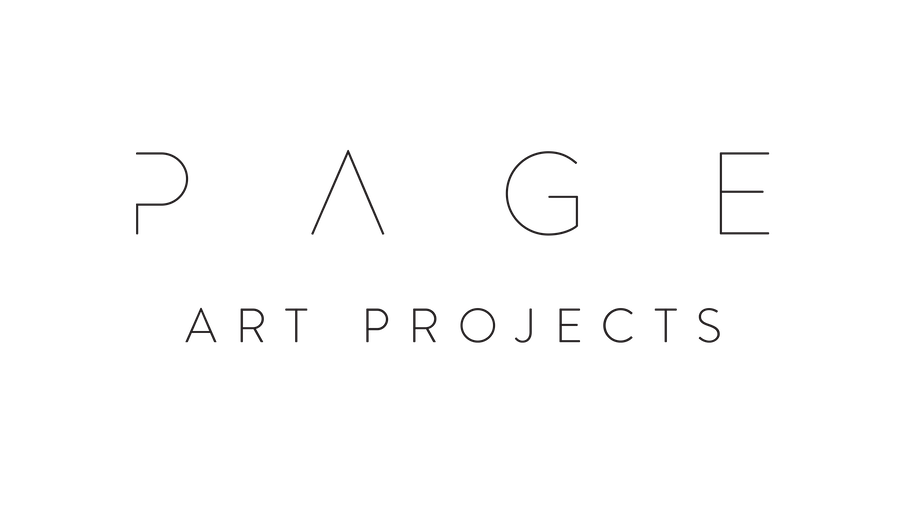5 Marketing Tips for Visual Artists
If you're an artist who wants to grow your audience and sell your work, you need to master some marketing skills. Marketing is not just about promoting your art, but also about building relationships with your fans and collectors. In this blog post, I'll share 5 marketing 101 tips for artists that I also cover in my artist business development workshops and individual consultations.
1. Harness the Power of Instagram
One of the most powerful marketing tools for artists is Instagram. Instagram is a visual platform that allows you to showcase your art, your process, your personality and your story. You can use hashtags, stories, reels and live videos to reach new people and engage with your existing followers. You can also use Instagram to drive traffic to your website, where you can sell your art or collect email addresses. I always like to remind my clients to make sure to move messaging out of your DMs and into your emails – this way you have a direct line to the individual for future marketing campaigns because…
2. Utilize Email Marketing
Email marketing is another essential tool for artists and it provides a way of communicating with your fans and customers directly, without relying on social media algorithms or platforms. You can use email marketing to send newsletters, announcements, invitations, offers and more. Email marketing helps you build trust, loyalty and repeat sales. You can use tools like Mailchimp, ConvertKit or HubSpot to create and manage your email campaigns. A good frequency for sending emails is once every three months, with occasional extra emails for special events or announcements.
3. Create a Professional Portfolio
Another important aspect of marketing for artists is creating a professional portfolio in PDF format. A portfolio is a collection of your best work that showcases your style, skills, and vision. A portfolio helps you attract clients, galleries, collectors, and media attention. You need to have a portfolio that is easy to access, update and share. I like to create portfolios for clients in InDesign but databases such as Artwork Archive and ArtCloud have features that can quickly produce a portfolio.
4. Build a Stand-Out Website
A good website is also essential for marketing as it allows you to display your work in a customized and attractive way. You can also use your website to tell your story, share your bio, link to your social media accounts and collect email addresses. You can create a website using platforms like WordPress, Wix or Squarespace. These platforms offer templates, features and support that make it easy to create a website without coding. I’ll break down the key items of good websites in a future blog post but it should include your best and recent work, an about page with your C.V. included, a contact page, and press/video/installation images if you have them.
5. Invest in Physical Marketing Materials
Finally, you should also have some physical marketing materials that you can use to promote your art in person. These include business cards, handout cards, brochures or books. These materials help you make a good impression, network with other artists and professionals, and leave a lasting reminder of your work. You can design and print these materials yourself or use services like Moo, Vistaprint or Blurb.
These are some of the marketing 101 tips for artists that I cover in my artist business development workshops. If you're interested in learning more and taking your art career to the next level, be sure to email me to join the list for future workshops or to schedule a one-on-one consultation.

